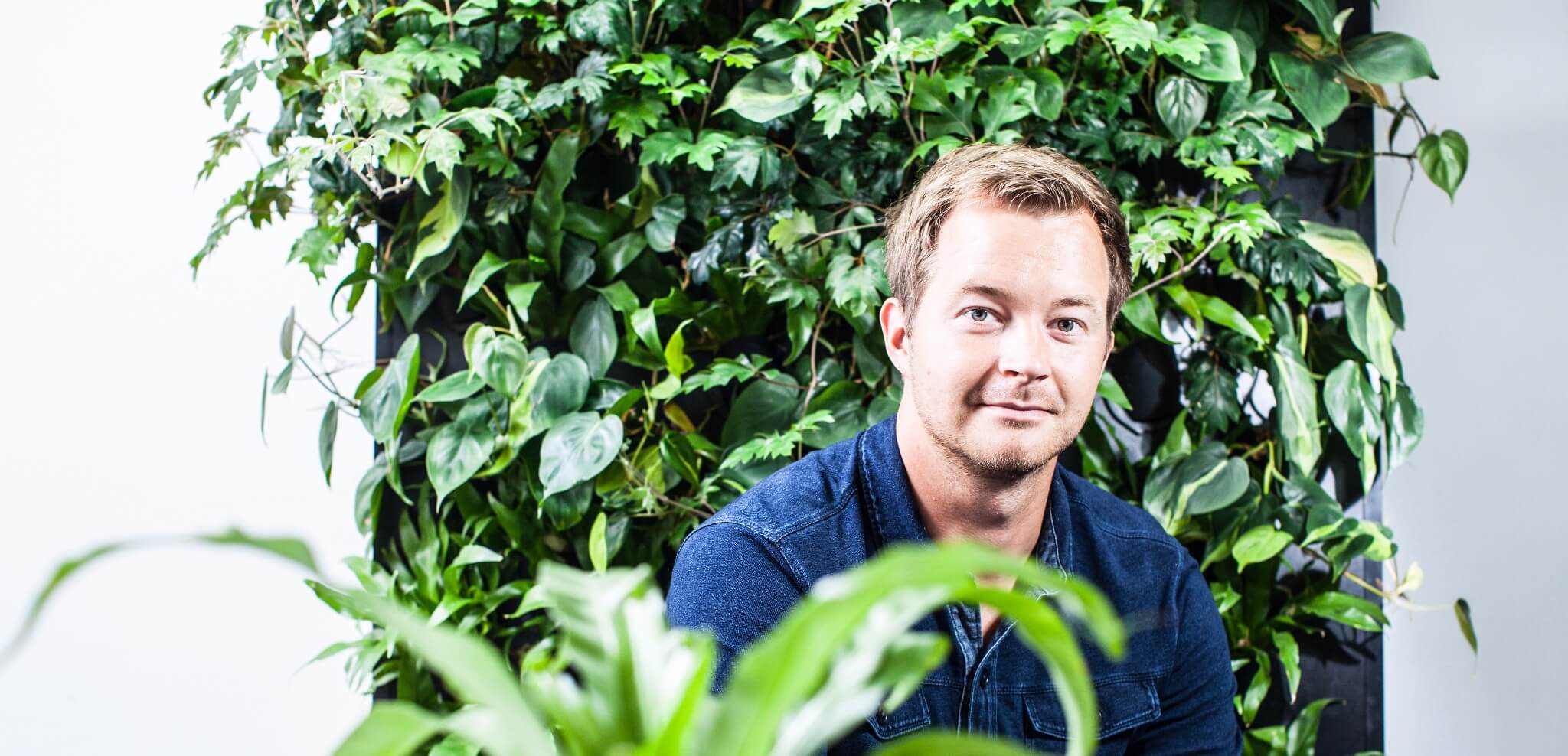Editorial Posted by Aki Soudunsaari on October 19, 2017
How Buildings are Killing you Softly
"Killing you softly with bad air, killing you softly..."
Our former CEO Aki Soudunsaari's article was originally published in Arianna Huffington's Thrive Global.
We are much more creative and smarter outdoors. Still we choose to spend 22 hours a day indoors.
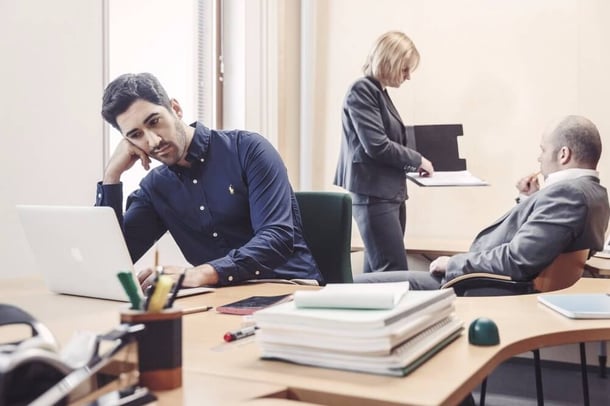
A normal day in the life of a busy professional living in New York: Alarm, check phone, shower, get dressed, grab a cup of coffee and something to bite, half-an-hour (if you are lucky) commute by train, subway, car or Uber to work. Office, coffee, meetings, busy-busy-busy, lunch (if you’ve got time), project work and hundreds of emails, Whatsapp and Slack messages.
You try to listen to music, meditate or talk to a colleague as an attempt to get away from the stress. You stare at your computer screen. You stare at your phone screen. You see meeting room walls, you sit inside cubicles, or stare at the grey wall of the building next door. Then the commute back home, via a grocery store or a restaurant. Perhaps a yoga or crossfit class. Then more phone checking.
Sounds like a typical day, right? Have you ever stopped and realised that you haven’t seen or been in contact with nature, or taken a breath of genuinely fresh air all day?
It’s now a common norm that we commute inside vehicles, work inside offices, exercise indoors, live indoors. We are effectively “sealed” inside.
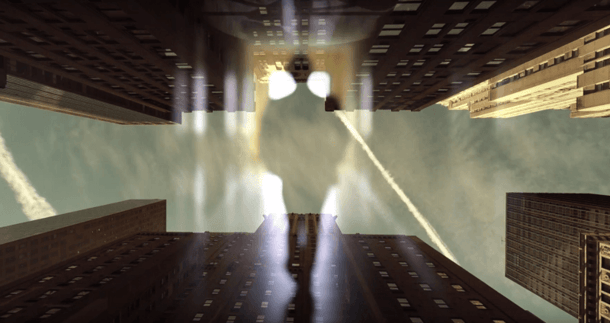
You are what you breathe
Truth is, we spend on average 90% of our time indoors. That’s a staggering 22 hours a day indoors and only 2 hours outdoors — if we are lucky.
Indoors we breathe unnatural, often contaminated air with hardly any nature around us. That’s 10,000 litres of indoor air, 15 kilos or 400 cubic feet. All this without probably giving a second thought to how that air is affecting us.
On the contrary, you probably pay very close attention to the the 3 pounds of food and 80 oz of liquids you consume daily.
But it’s actually often the poor and dry indoor air that’s causing your mental fatigue, general tiredness, headaches, irritable eyes or even that annoying sore throat.
If the water you were about to drink in your glass was dirty, you would of course choose not to drink it. But as indoor air is invisible, we don’t know whether it’s clean or dirty and so we just breathe it in.
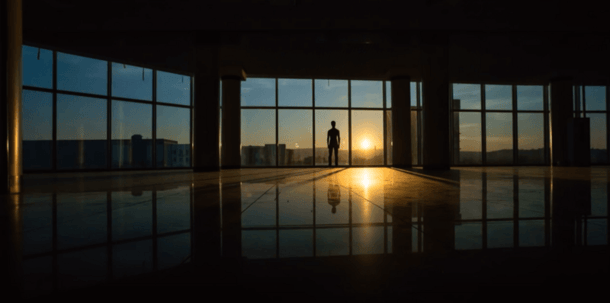
According to the Environmental Protection Agency, indoor air quality can be as much as 5 times worse for us than outdoor air. How? Most of the outdoor pollution sources in urban city areas come from traffic.
In the indoor environment, the most common air pollution sources are building materials and furnishings (like carpets, paints, furniture), products for cleaning and maintenance (like detergents and air fresheners, pun intended), central heating and cooling devices, even computers and printers.
Of the air you breathe indoors, the majority is unnatural. Simply put, it is not as nature intended. It’s partly second-hand air that the average indoor air ventilation systems have recycled.
Average office air makes you dumber
Let’s face it, we are much more creative and smarter outdoors. I’m sure everyone knows that feeling when you are out in a forest, park or at the seaside, the smell of nature, fresh, perfect humid air, light breezes of wind and the sun peeking out from behind the tree line. We feel energized, happy and we feel like we can take on every challenge. We “see clearly”.

That’s an environment we should strive for indoors too. But the concrete jungles we live in strip us of nature and fresh air.
Add to all of this that apart from the occasional pot plant, we don’t see nature either. And we were built as humans to live in its beauty, not locked away from it. Many studies have shown the positive impacts that being in and around nature have on our health, mental state and general wellness.
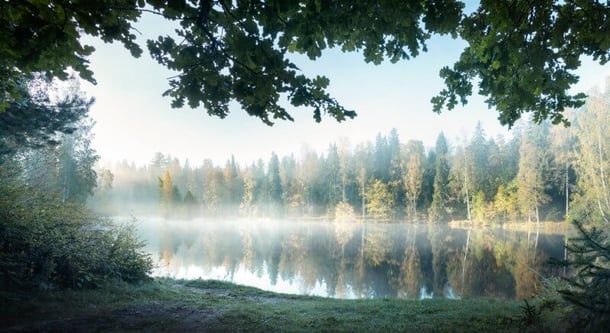
“I’m at my happiest in a meeting room” — said no one ever, right? But still we choose to spend our days locked away in man-made environments. Most people don’t realise how the built environment restricts our minds, health and productivity. We must all strive to reconnect with nature again.
Dr. Joseph Allen at Harvard has studied how indoor air affects people’s brain functions and he found that higher air quality and better ventilation led to significantly better decision-making performances.
More seriously, he found that what is considered as “average” office air made the test results worse. To put it bluntly, people were dumber in standard office air. Their brains didn’t function as well as they did when they were breathing fresher air.
Based on Allen’s research, he estimates that $10 to $40 per employee per year invested in doubling the rate of outdoor air being circulated in buildings will actually increase the productivity of each employee by several thousands of dollars per year.
And this number doesn’t even include the benefits of reduced absenteeism and fewer people suffering from various symptoms related to bad air, which cost over $200 billion annually in North America.
Are human-friendly buildings the future?
One solution is to spend as much time as possible outdoors in nature, in places with pristine air. Whenever you have a chance to have a walking meeting in the park, be it a job interview, a business negotiation or a conference call, do it!
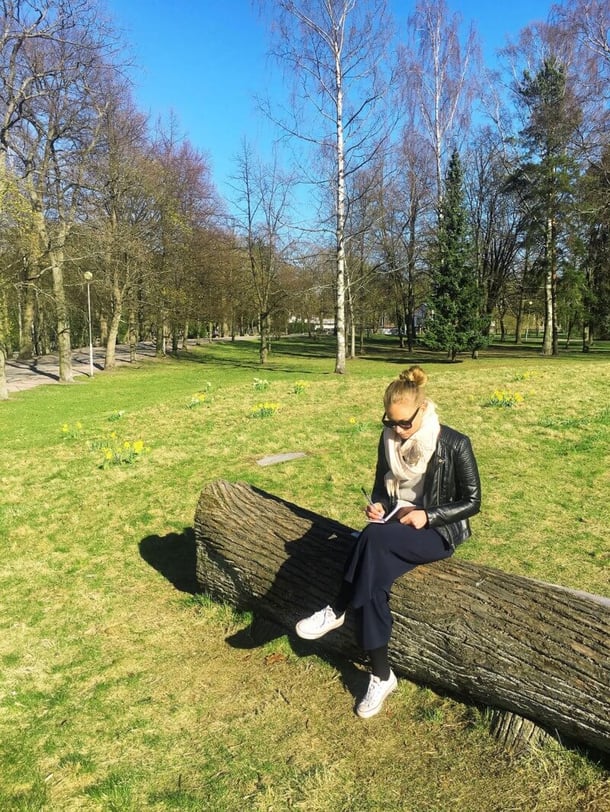
For example, at our company we hold every possible meeting outside — it’s easier than you think. Wifi hotspots are everywhere and mobile-tethering is great. Recently, I met a customer for exercise outdoors and a colleague of mine met a potential client while walking the client’s dog after work as that was the only time they had free in their schedules.
Another solution is better buildings. Buildings that answer the biological needs of humans.
Even though we can increase our outdoor hours, we still spend the larger part of the day indoors. In truth and realistically, the biggest change needs to happen indoors.
Currently, buildings are built to be energy and environment-friendly, but not human-friendly. Improved ventilation, fewer indoor toxins, fresher air and plenty of real green nature can actually promote our health, cognitive performance and well-being.
Outside, you are more likely to be the best you, but we can bring the outdoors indoors. At least part of it. I believe that the biggest milestone ahead for housing and offices and human health, after getting running water inside, will be bringing nature inside too.
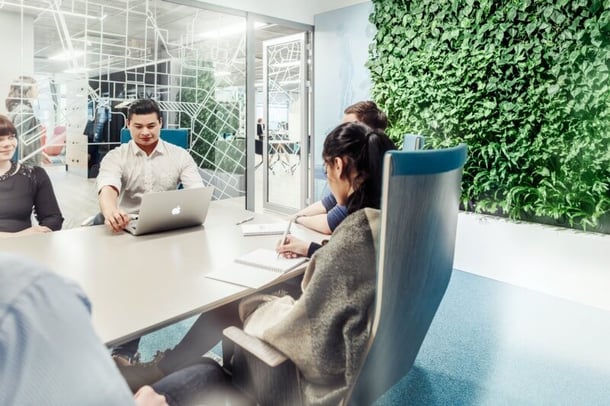
In the future, as urbanization continues to accelerate, we will see our own health and biology taken much more seriously.
Desks will raise and lower themselves based on our body’s data, when we physically need them to. Wearable technology will alert us if our body’s hydration level is too low. Intelligent lighting will automatically adjust according to the time of the day, to calm us down or to energize us, when needed. Your phone will tell you if the air quality is sub-optimal while simultaneously predicting indoor humidity levels where you work or where you will have your next meeting.
Wherever you look, you will see living nature on the walls, integrated into your furniture, hanging from the ceiling. In the future, we will, and must, be reconnected with nature and many businesses are helping accelerate that important biophilic trend.
So, take a moment and look around you. Are you locked out of nature? What decisions can you make today to re-address the balance? In my future articles, I’ll offer more tips and advice on how to reconnect with nature and enjoy its many benefits. After all, when we take the time to look for it, mother nature often has the answer to everything.
Interested in learning more about nature's health enhancing effects? Subscribe to our newsletter.


